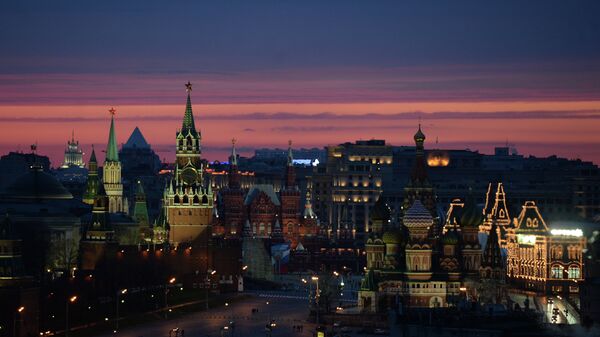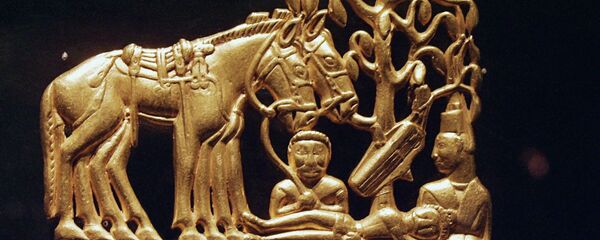Now the history of Moscow dates back to the year 1147. Leonid Kondrashev explained that 1147 is the year when Moscow was first mentioned in a chronicle — this is common practice for determining the age of any old city. However, he added, the recent archeological findings also can shed light on the date when the city's history began, Moscow News reports.
"Now my colleagues are discussing whether it was a real town or a network of settlements. The findings are more of an urban character but the debate is going to be heated," Kondrashev explained.
This summer the center of Moscow became a giant archaeological site — again. Within the framework of an extensive renovation program called "My Street", archeologists worked in collaboration with construction workers to ensure the safety of Moscow's historical heritage.
"My Street" spans a three-year period, from 2015 to 2018. It is aimed at city beautification and does imply a lot of digging as roads and underground utility systems are reconstructed. Removing the upper layers of soil, builders and archeologists find unique historical artifacts.
This year specialists have already found more than a hundred artifacts. In total, more than 10,000 objects have been discovered.
This summer several buildings dating back XII-XVIII centuries have been unearthed. Supposedly, those are wealthy mansions and a monastery church. On the same spot lots of artifacts have been found: battleaxes, firearms, arrows, bullets, a painted plate of Iranian origin and many other ancient objects. The cultural layer showed that there was an inhabited territory outside the settlement that existed back then — in other words, the early borders of Moscow are to be reconsidered.
The found objects will be transferred to the Museum of Moscow and other museums in the capital. However, archeological sites can't be moved from place to place easily, neither can most of them become open to the public — remaining in the open air is disruptive for such objects. The chief architect explained that such sites are protected and preserved — the fragments of buildings are wrapped in damp-proof geological tissues and carefully covered with layers of fine sand and soil.
"The archeology of 'My Street' is more about rescue purposes rather than academic ones," the representative of a movement called 'Archeological Watch' told the Village commenting on the issue.
"Our motto is: everything should be inspected and explored, everything that can be preserved must be preserved, only what can't be preserved is to be dismantled," Leonid Kondrashev said in June.



